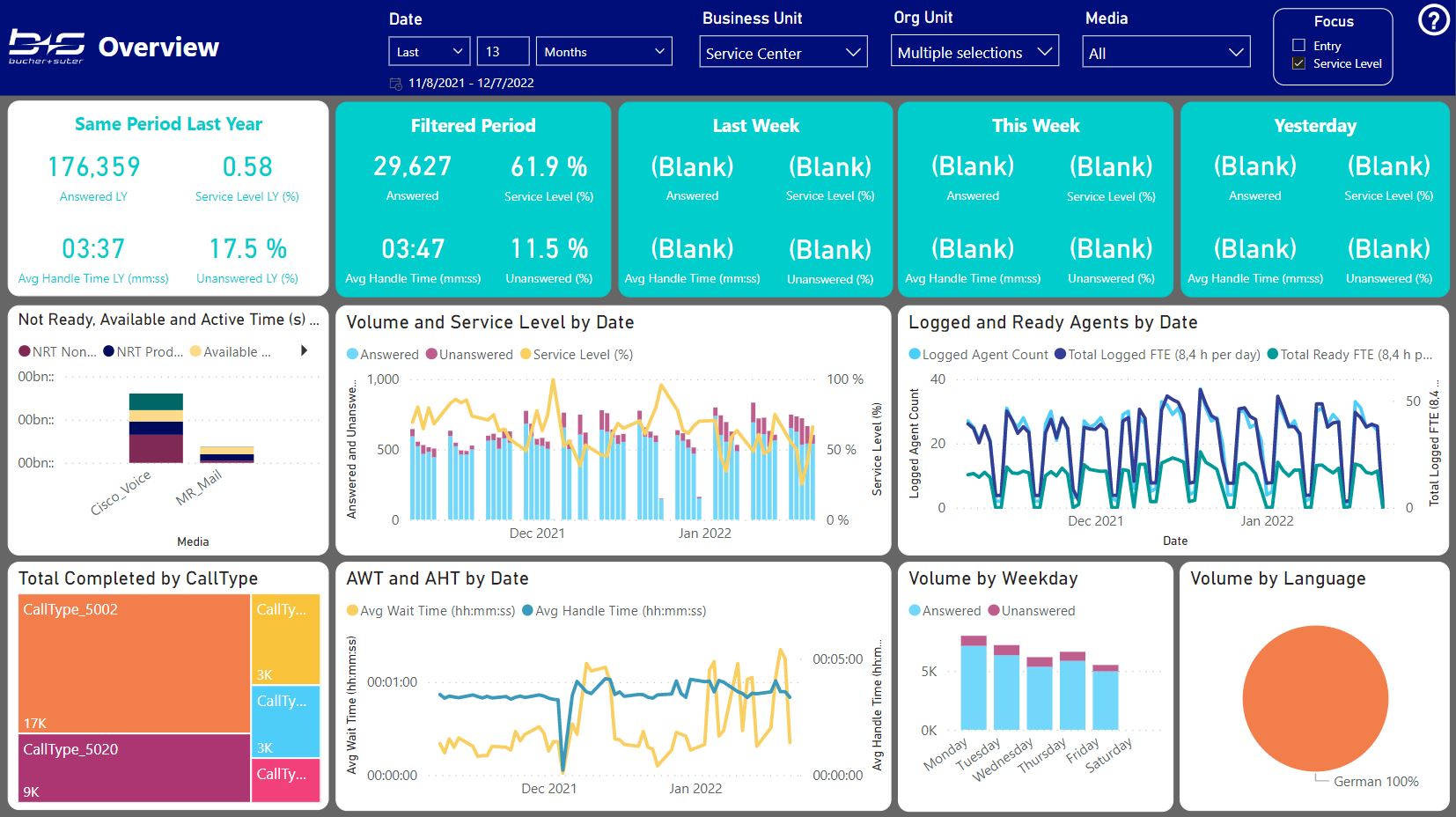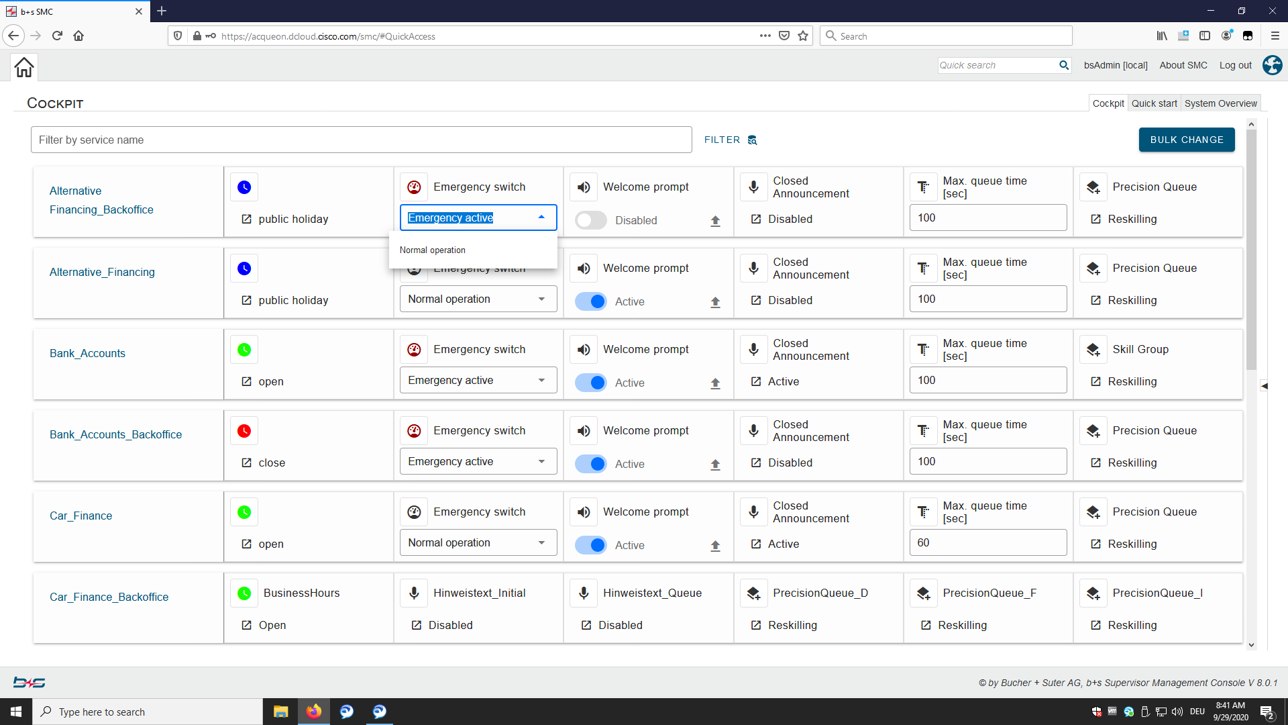Ultimately, it’s customers, partners, and employees that benefit from happy, productive call center agents. But agents are essential; if they can’t work in a productive, low-stress contact center environment, ops begin to deteriorate.
Fast.
Inbound cases pile up. Wait times balloon. Frustration abounds, quickly finding its way into all aspects of the customer experience.
It’s not a new problem, but a persistent one that many customer service call centers still need to solve. For the sake of customer and agent experience, yes. And for the simple fact that it makes business sense: we can draw a straight line between customer service and top-line revenue.
But there’s more to a thriving call center environment than technology. In any strong call center culture, technology supports a deeper philosophy, one rooted in creating a positive place for agents to do their important work.
Typically, that philosophy depends on getting a few foundational things right.
Start with the call center culture you want to build
Being a longtime Cisco Authorized Technology Provider (ATP) in Europe provides us with a certain perspective on the contact center environment. As does the launch of our Webex Contact Center practice in 2022. To date, we’ve helped set up hundreds of contact center environments..
What we’ve found is that it’s more productive to begin with the call center culture you actually want. This requires some holistic thinking, for sure—possibly some soul-searching, if we’re being honest. But it breaks the cycle of starting with a business problem—reducing agent turnover, for example—and applying a one-to-one technical fix.
- What’s best for the agents supporting customers?
- What do they need on a day-to-day basis to be happy, productive, and satisfied in their work?
- What kind of contact center environment does leadership want to create? A purely transactional, productivity-led cost center?
- Or is there more to the call center culture you want to build?
To create a positive workplace for agents, answer these 7 questions first
They might seem like simple questions, but the answers can inform all the strategy, technology, and product selection. Here are seven areas we tend to focus on when working with enterprise call center environments.
What’s the stress level like for your agents? How is that affecting customer experience?
There’s the common causes of agent stress, like repetitive cases and irate customers; but there’s also inadequate training and poor access to tacit and explicit knowledge. Identifying these and other stressors through surveys, one-on-one interviews with coaches, and other feedback channels is a good place to start.
From there, it will be easier to identify a solution that might alleviate that stress. We know, for example, that b+s Connects can supply highly optimized agent desktops, which gives a call center agent the information they need when they need it. These solutions can also alleviate stressful situations by allowing bots to take over when needed (to help shoulder case spikes, for example, or to automate repetitive tier-one cases.)
How is agent morale, and how is that affecting turnover?
A call center employee that’s engaged and satisfied is 8.5x more likely to stay during their first year. But if morale is low, what’s the issue? What are the keys to keeping a call center agent “engaged and satisfied”?
Better wages and benefits come to mind; but it’s often things like clearly communicated paths for career advancement, the company’s mission, and even movement and camaraderie that impact morale the most.
Here, in particular, tech might not present a viable solution at all. Because we’re not talking about onboarding call center agents, or how to equip them to do their jobs. We’re talking about where the agent is at in their career—how they feel as a team member—and their belief in the company they represent.
Is agent productivity a top-down directive or mutual effort?
The great thing about agent productivity is that it can and should be a mutual goal. The majority of agents want to succeed—they want to keep pace or exceed metrics, and to see their name on the leaderboards. Productivity is good for morale and can be directly tied to the environment you create for your agents.
It can and should be reported, recognized, and commended.
There are solutions that support these efforts. Supervisor Reporting in Salesforce, for one, which helps call center managers:
- See real-time and historical data on various call center metrics (call volume, average handle time, and first call resolution rates)
- Create custom reports to track specific KPIs, such as agent productivity or customer satisfaction scores on the team and individual level
All of this info can inform agent productivity measures, such as personalized coaching or training to help certain agents improve. In addition, the b+s CCBI solution provides detailed agent productivity reporting, which can be used not only to ensure that tweaks are made where necessary, but that a job well done is rewarded.

How are you onboarding call center agents?
Providing training to agents is critical for ensuring they have the knowledge and skills to provide exceptional customer service. This includes both initial training and ongoing training to keep agents up-to-date with new products, services, and technologies.
Far too many enterprises treat onboarding as a box they tick off while ramping up new agents. Contact centers with strong cultures tend to place a much higher value on onboarding call center agents. That translates into more expansive investments of time and money toward training agents on the core competencies, such as:
- Using the tech, tools, and systems they’ll need on a daily basis
- Navigating complex, multi-stage issues
- Making company lingo, products, and messaging second nature
- Developing soft skills for more personalized and pleasant interactions
Do supervisors have what they need to run the contact center environment well?
Supervisors are always looking at how to manage call center agents better. But has leadership created a supportive contact center environment for the supervisors, too? Do they feel they have the training, tools, and support to run their environment well?
Once you invest in a supportive environment for supervisors, the list of adequate solutions grows shorter and far more targeted. Supervisor Management Console, for instance, supports supervisors making changes at scale when required. They can amend the contact center technical environment quickly, without the need for IT or infrastructure assistance.
This helps with what supervisors need assistance with on a day-to-day basis—and which can quickly create stress (routing adjustments, hours of operation, agent re-skilling, and so on).

Are your issues rooted in workforce management (WFM) and workforce optimization (WFO)?
At a high level, WFM and WFO solutions are critical for managing agent staffing, scheduling, and long-term planning. Bucher + Suter partners with Calabrio for WFO to not only deliver intelligent automation and reporting but employee empowerment. The solution delivers effective means for encouraging accountability (call recording, for example), or creating motivation through competition (gamification).
Is remote work a bad word?
Many call centers turned to distributed and remote WFH models during the pandemic. While WFH offers a lot of flexibility and scalability, it’s not without its challenges.
We can tell you all about our work with Cisco Mobile Agent (supported on b+s Connects) and Webex Contact Center to enable WFH. But the real question is, what kind of remote contact center environment do you have? Is it working for agents? Does it match the broader contact center culture you’re trying to build?
The philosophy around work from home might look a bit different from contact center to contact center.
From philosophy to nuts and bolts: 5 pillars of a productive call center work environment
Those are the questions that will help distill your philosophy toward the contact center environment. In Why Customer Experience Matters in the Contact Center, we explore some of means to those philosophical ends, as follows:
Call routing and queuing
Call routing calls is one of the most reliable ways to regulate and manage the influx of inquiries into the call center environment. It’s also one of the most frustrating when call centers get it wrong.
Agents having to transfer cases not meant for them. Customers waiting in long queues, not knowing how to navigate the tree, or being handed off over and over to another team.
The call center solutions that Bucher + Suter offers can handle a large volume of incoming calls, intelligently directing them to the most appropriate agent based on product specialty, skills, and availability. And it can have a tremendous effect on the contact center environment.
In fact, a leading telecommunications company in Europe implemented Bucher + Suter’s call center solution and saw a 30% reduction in call handling time due to the platform’s intelligent routing capabilities.
Analytics and reporting
Track call center metrics such as average handle time, call volume, and customer satisfaction. This can help the enterprise identify areas for improvement and optimize its call center operations.
For example, a leading financial services company in Asia implemented Bucher + Suter’s call center solution and saw a 15% increase in customer satisfaction rates due to the platform’s analytics and reporting capabilities.
Omnichannel support
We’ve encountered few call center environments in which leadership isn’t at least working toward an omnichannel support model. Integrating different communication channels into a single platform. This allows agents to seamlessly switch between channels and provide a consistent experience to customers, regardless of how they choose to engage with the company.
In Why Invest in Omnichannel Contact Center, we go into more detail about why, including the latest research and statistics. Here are the key takeaways in brief:
Meeting customers’ needs
Customers today expect a seamless and consistent experience across all channels. Adopting an omnichannel approach allows contact centers to meet these expectations by providing customers with a unified and personalized experience, regardless of the channel they choose to engage on.
Improving customer satisfaction
Providing a better customer experience through omnichannel support can lead to higher customer satisfaction. Omnichannel support ensures that customers can reach the contact center on their preferred channel, which reduces frustration and improves their overall experience.
Enhancing operational efficiency
An omnichannel approach can also improve operational efficiency by enabling agents to handle multiple channels from a single interface, reducing the need for multiple systems and tools. This can help streamline workflows, reduce training time, and enable agents to handle more interactions per day, leading to improved productivity and cost reduction.
AI and automation
There’s no question that AI will have its place in the contact center. How, when, and where fits into a customer’s CX strategy is a different story. In AI for Customer Experience, we explore five use cases for AI in the contact center, from predictive analytics to chatbots.
Self-service options
Providing customers with self-service options, such as a knowledge base, enterprise search, and communities, can help reduce the volume of inquiries that agents need to handle. It can also be a channel for agents to use for solution finding .
One important self-service option is the interactive voice response (IVR) system. Designed right, this can be an extremely effective means for self-service, as can chatbots and virtual assistants. Integrate them with other contact center systems, such as customer relationship management (CRM) software, to provide a seamless self-service experience for customers.
What kind of contact center environment do you want to build?
Start with your customer and the agents supporting them, then build outward. We’ve seen this philosophy hold true across countless call center projects, from single-location overhauls to global setups involving a complex mix of business units, tech solutions, and operational goals.
Because it really does come down to the type of call center culture you want to build. If you want your call center to be strictly a cost center, focused solely on efficiency metrics, so be it. If you want to build a culture that’s more focused on agent empowerment and evolved CX—that can work too. The point is to ask the hard questions about people and the call center environment before making decisions about technology.
If you’d like to learn more about how Bucher + Suter can help you design your contact center environment, please contact us using the form below.





